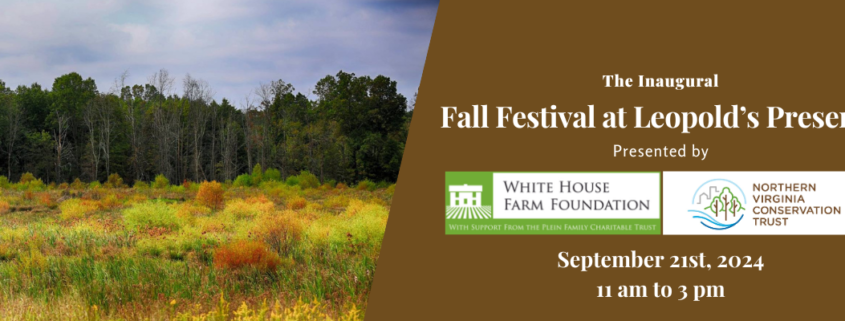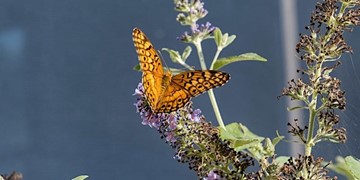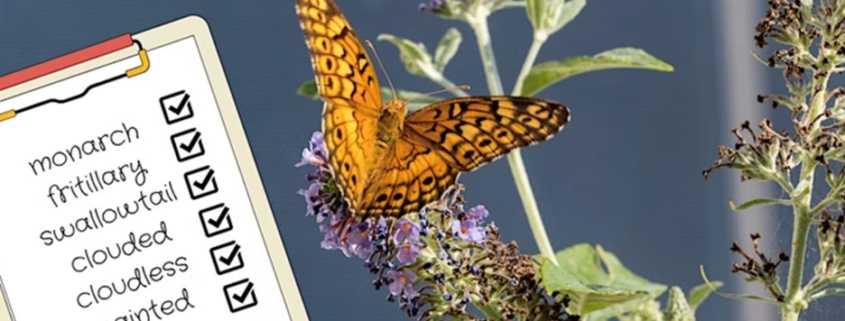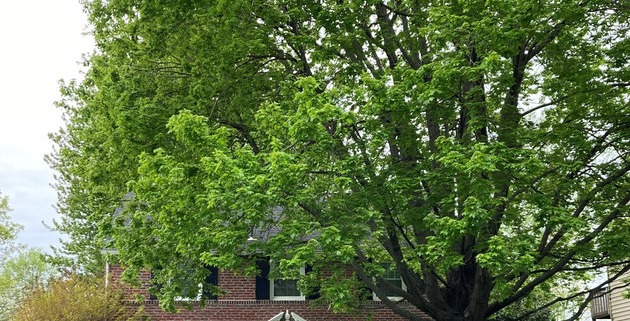Acorn Collection Season – 2024
The VA Department of Forestry (VDoF) Acorn Collection Program is an established program that helps sustain the native tree population in Virginia. The program helps by collecting native acorns, raising trees on farms, and reforesting areas that may have been destroyed by fire, disease, or clear cut. In 2023, FMN volunteers contributed over 60 hours, collecting acorns and delivering them to the bin located at the Fairfax County Government Center.
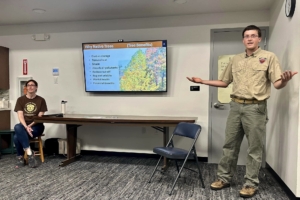
VDoF Training with Tomorrow’s Trees Mindy Kania and VDoF Jacob Zielinski – photo FMN Ana Ka’ahanui
For 2024, VDoF has partnered with Potomac Conservancy’s Tomorrow’s Tree’s Program, Fairfax Tree Stewards, and FMN to improve the quality of the collection. VDoF’s Community Forester for Fairfax, provided training to the above coalition, designed to help correctly identify seed types and improve collection methods.
The Tomorrow’s Tree Program established additional collection sites that FTS and FMN will monitor for quality and then transport the bags of acorns to the VDoF storage facilities in Warrenton. Scheduling times to monitor and transport will be handled via a Shared Google Doc sign-up sheet. The Project lead will create the Google Doc and distribute it to the FMN and FTS leads, who will disseminate it within their respective orgs. Those who wish to participate can simply pick a bin and functional times in the doc. Easy.
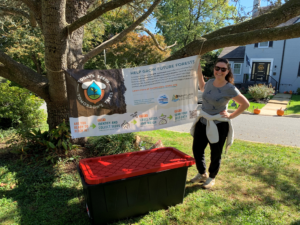
Sample Bin – photo courtesy of Tomorrow’s Trees
The Acorn Collection season for Fairfax County starts on approximately 7 September and ends on 15 October. It is estimated that bin monitoring will be needed once a week for each site, maybe twice in mid-season. Transport to Warrenton may be once every two weeks but would be dependent upon the volume of acorns delivered to a site.
Monitoring consists of checking the bin for proper deliveries – no plastic bags, proper labeling, bin load, make sure the lid got replaced. Transport is simply taking the bags to the VDoF storage facility in Warrenton.
Volunteers participating in this program may enter hours for acorn collection, bin monitoring, and transportation to Warrenton.
Of course, FMN who want to continue to simply collect, as in previous years, may still do so and deliver their cache to the Fairfax County Government Center or any new site.
The code for both is: S400: VDoF Acorn and Seed Collecting — VDoF
Collection bags, sized for 5 or 10 lbs, are available on location at the new sites in limited supply. Brown paper bags are also accepted in any Collection Bin.
Collection requirements still apply:
- Please DO NOT collect acorns in plastic bags. Acorns will mildew and spoil.
- Please separate different acorn types into separate bags and include a leaf or two from the tree to help with positive identification.
- Please label the bag with type of acorn, collection date, and collection site (zip code at least)
- Remember the proverbial adage, “If the nut is cracked, throw it back”. Hollow nuts or those with cracks or holes are not viable seeds. Just this simple check is a tremendous help to VDOF.
Please contact FMN Jerry Nissley ([email protected]) to request the training slides and/or the Google Doc for signing up. Training Slides can also be downloaded or viewed from Member Google Drive. The map of collection bins in the slides does not yet include new bins at the Mt. Vernon Government Center, 2511 Parkers Lane, Alexandria, 22306, (available 7 Sep thru 15 Oct) and potentially Hidden Oaks Nature Center (TBD at press release time) in Annandale.
Acknowledgments:
Mindy Kania, Tomorrow’s Trees Program Director – photos
Jacob Zielinski, VDoF Community Forester – training presentation (with Mindy)
Dan Storck, Mt. Vernon District County Supervisor – hosting a new collection bin


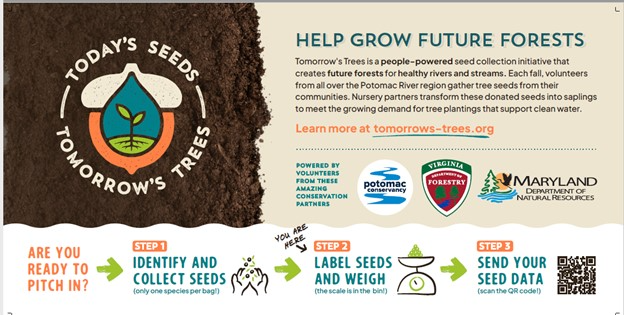
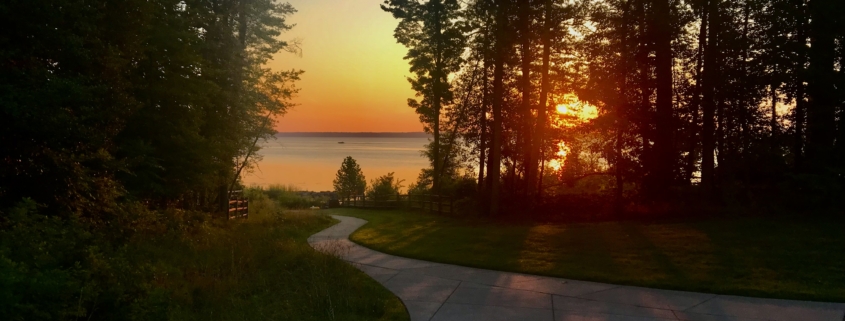
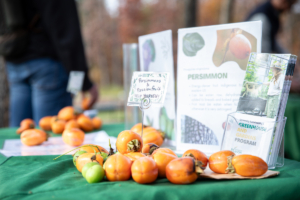
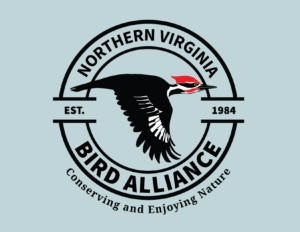

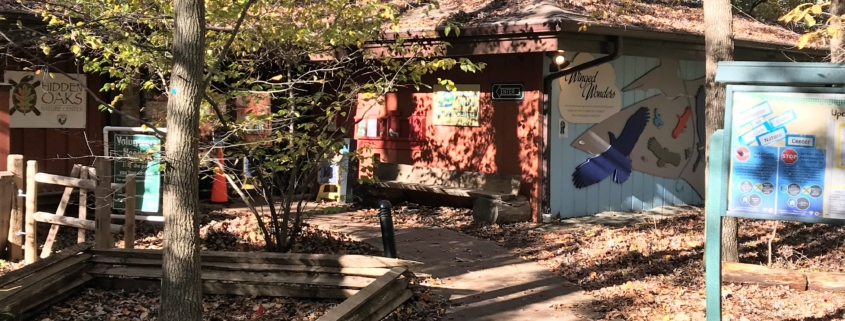 Jerry Nissley
Jerry Nissley